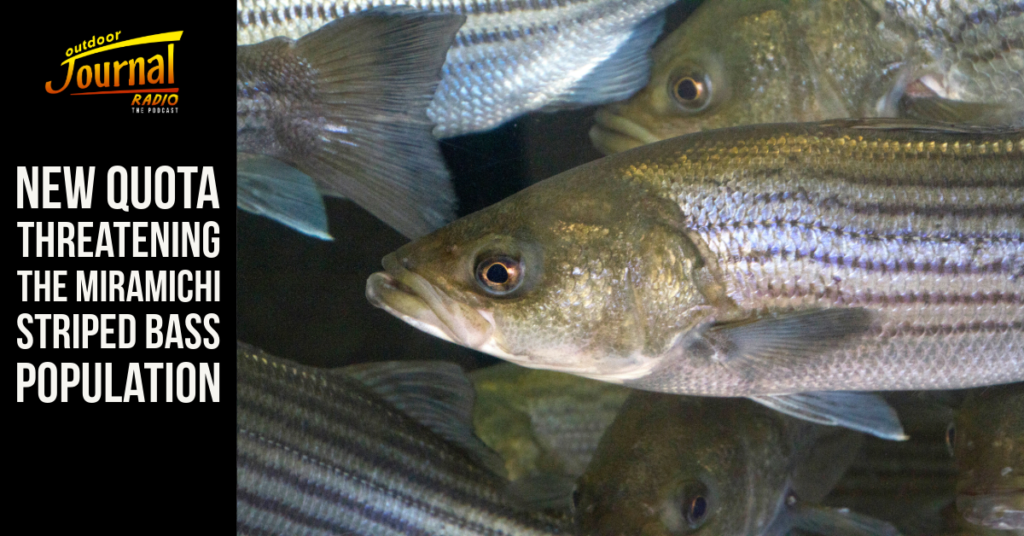Prepare yourself for a disturbing revelation: an eerie serpent-like creature with parasitic tendencies is ruthlessly slaughtering its victims in the Great Lakes, appearing as if it has emerged directly from a nightmare. To make matters worse, this terrifying being has infiltrated the rivers of Toronto.
Introducing the sea lamprey, an aquatic predator that will undoubtedly take the joy out of your day. These eel-like creatures, lacking jaws, are notorious for their dread-inducing concentric rings of teeth. With these ghastly formations, they ensnare their aquatic prey and mercilessly drain them of their life-sustaining blood.
The sight of these extraterrestrial-looking mouthparts, resembling suction cups, is sufficient to instill fear in the hearts of the majority of land lubbers. Furthermore, when hearing about their feeding habits, which involve preying on other underwater creatures, they become even more disconcerting.
The clusters of keratinized teeth possess a peculiar behavior, more akin to serrated saw blades that meticulously grind away at tissue, accompanied by a sharp tongue that probes and punctures the prey. The flow of blood is sustained by an anticoagulant, hemolytic, and cytolytic chemical called lamphredin, which is secreted in their saliva.
However, there are numerous aspects of these creatures that remain unknown to scientists, such as their origins and even their rightful place in their surroundings.
Nearly two centuries ago, sea lampreys were initially observed in Lake Ontario shortly after the inauguration of the Erie Canal. The existence of these organisms in Lake Ontario raises uncertainty about whether they naturally inhabited the area through its connection to the Atlantic or if they infiltrated via man-made canal connections to smaller bodies of water in New York and Vermont, where the species is also indigenous.
Irrespective of their origin, the Province of Ontario classifies them as invasive species.
Since the early 20th century, when the Welland Canal provided unrestricted entry to the upper Great Lakes, lampreys have expanded their presence much further inland.

Lampreys are being caught by the thousands in Toronto area rivers
Regardless of the duration of their presence in the Great Lakes, lamprey populations are currently experiencing a significant increase, posing a growing challenge to commercial fishing. A recent article in the Wall Street Journal published in early July, highlighting the detrimental effects of these blood-sucking creatures on the Great Lakes’ fishing industry, has intensified public interest and concern.
Rivers serve as the source of water for lakes, so it’s not unexpected that watercourses such as the Humber River and Duffins Creek have witnessed a notable increase in lamprey populations.
In response to the invasion of lampreys in the Humber River, the Toronto and Region Conservation Authority (TRCA) has taken proactive steps towards population control. In April, the TRCA successfully captured approximately 7,000 of these parasitic creatures within just five days using traps, surpassing the previous seasonal record by more than 1,100.
The @TRCA_HQ reported record high trap catches on Humber River in 5 days; >7,000 sea lampreys were captured, crushing the full season record of 5,885 due to reduced control during the early days of COVID-19. We're back in force this year, targeting >230,000 larvae! 🎥Video: TRCA pic.twitter.com/ibghdOJKLX
— GLFC (@LampreyControl) April 20, 2023
As a reminder, we present you with the disturbing image of the squirming clusters of lampreys above, emphasizing that while orcas are instilling fear in the public who navigate the ocean, we should not overlook the multitude of formidable freshwater marine creatures that pose a concern right within our own environment.









One Response
My uncle and I were doing a lot of fishing in the Coldwater river, we loved to catch salmon and rainbows of all sizes, the biggest salmon was 62 lbs. and the biggest Rainbow was 12 lbs. but then those lampreys showed up and it killed a lot of the fish , we tried to call the fisheries and there responds was we can’t do anything about them. We tried to find out how they got into our river, but know one had an answer. There use to be a lot of people fishing the Coldwater river, now you are lucky to see 2 or 3 in a day fishing. Since then my uncle has passed away and I have gotten older and they are still there and they are still UGLY. Now we have an epidemic of Zebra muscles. I feel sorry for the future fisherman’s who love the sport.